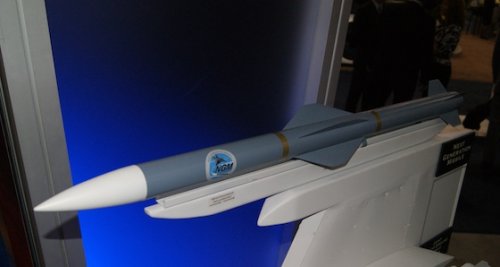

Looking back, he downplays his level of authority at the time, while others speak of him as someone who ran the show and made multimillion dollar decisions more or less on a whim. He moved up the ranks as the top creative figure at Square (intermittently known as Squaresoft), becoming an executive vice president and a game industry celebrity. By the ’90s, it was the rocket almost everyone at the company grabbed onto.įor Final Fantasy creator Sakaguchi, it marked a prosperous time.
#REASON 7 TEAM AIR SERIES#
In the late ’80s, the series pulled Square out of financial trouble. and then on its successor, the Super Famicom. Thanks to an elaborate story and high-end production values, the role-playing series went on to become one of the biggest successes on Nintendo’s console When Square’s first Final Fantasy game hit the Famicom in 1987, that luck started to change. The team ran low on money and showed signs It showered the console with games, hoping to see strong returns.

the NintendoĮntertainment System in the U.S.), Square decided to gamble heavily on the new machine.
#REASON 7 TEAM AIR PC#
It had developed a string of modestly successful PC titles, but when Nintendo’s Famicom console came along in Japan (i.e. In the mid-’80s, shortly after Square started out, the company was still finding its footing in the game industry. Below, in their words, you’ll find a story about a company in transition - and the money, politics Over the past two years, Polygon tracked down more than 30 people who had a hand in the original game and asked them to tell the story of its creation. With Final Fantasy 7 now approaching its 20th anniversary and a high-profile PlayStation 4 remake in development, we decided to look back. Run, it was as if we knew we were going to be making history.” “It wasn’t just the fact that Square had the resources to get all the people and the hardware and the technology together, but even before seeing anything

“I don’t think I’ve felt that kind of excitement ever since,” says programmer Hiroshi Kawai. Team members describe it as a perfect storm, when Square still acted like a small company but had the resources of a big one - and was willing to pour its money into one of the game industry’s most ambitious projects right as the 3D graphics industry Check it out to test your knowledge of the game, its development and its lore. We weren’t worried about our salaries or living situations or thinking, ‘Where is this company going?’”įor its 20th anniversary, Polygon teamed up withĪmerican University's Game Lab and the JoLT Initiative, funded by the Knight Foundation, “We treated it like a hobby, not a career,” says longtime Square composer Nobuo Uematsu. One of Square’s first hires, Shinichiro Kajitani, joined simply because he was friends with Miyamoto and compares the young studio to a college club. Some describe the company in its early days as a family business. It was a room where people came and went. Initially, it wasn’t even a formally-designated company. Miyamoto began a development studio called Square. Yet on that spot in 1983, inside his father’s office space, founder Masafumi Visit the building and you won’t see a plaque commemorating the history or remnants of a company whose characters now model Louis Vuitton clothes and sell millions of games. Today, it sits above a Doutor coffee shop a few doors from a train station in a busy part of Hiyoshi, Yokohama.


 0 kommentar(er)
0 kommentar(er)
